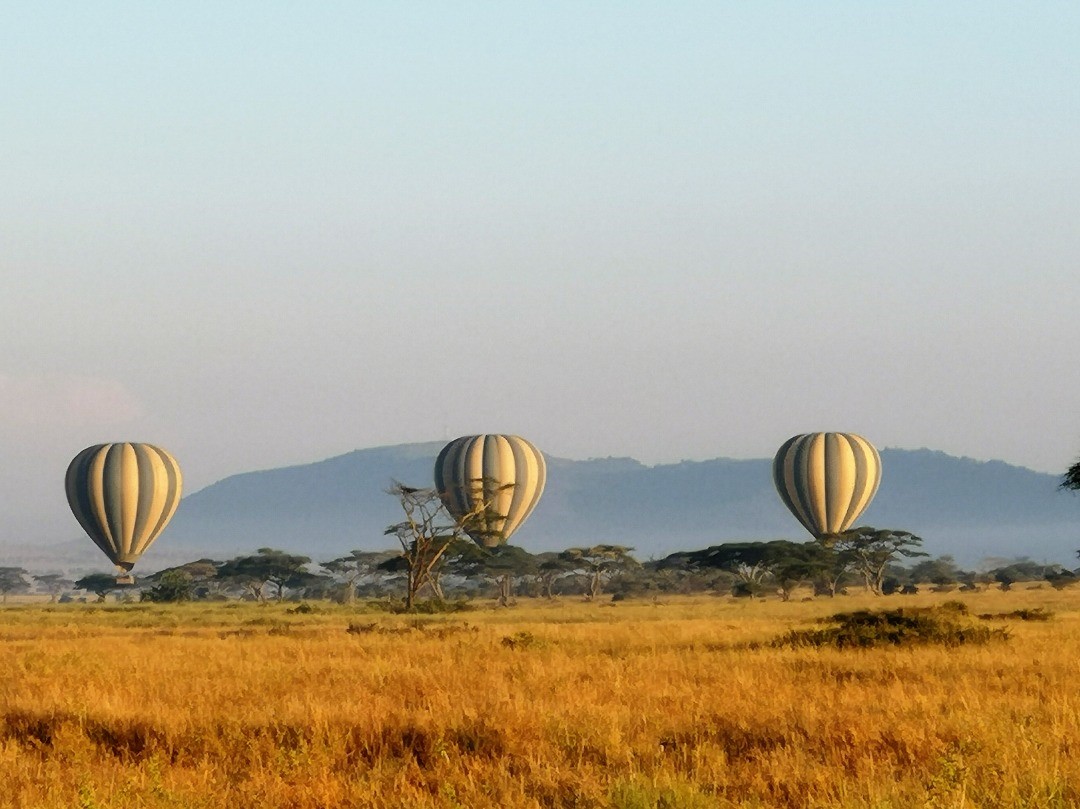

Located in Northern Tanzania and bordering Masai Mara to the North, Serengeti NP covers over 14,000 sq. kilometers. It has highest concentration of large mammals in the world, famously known for its largest concentration of lion of over 2,500. The park is characterized by plains, Lakes, swamps, woodland and Kopjes, accommodating large to small animals, king of the jungle, herds of elephants to terrestrial and migratory birds, but is famously known by being home of the Great Migration of nearly 1.5 million white bearded gnus. In the green season of Southern Serengeti in Ndutu and Kusini region from January to peak February and March, the wildebeest actively breed in preparation for their long journey to SW Kenya calving over 500, 000 calves. During this period, predators wait at the kopjes, actively preying on the vulnerable younger ones giving scenic preying actions. In April the herds accompanied by zebras and gazelles start moving Northwards towards Seronera/Central Serengeti region, by May to Grumeti River from western corridor and to Mara River northern region. In June the Great Migration across over 2000 crocodile invaded Grumeti River is a scenic event. From July to October the gnus cross Mara River to Masai Mara, Kenya day and night following green pastures and water. During this dry season wildlife spotting in the vast Serengeti NP is very easy. The many hungry predators hunt relentlessly on the few remaining resident herbivores. From November the herds start making their round trip towards Southern Serengeti through Loliondo Game Controlled Area past Seronera region to Ndutu. For birders, over 500 species have been recorded in the park with Palearctic migratory residing from October to April. Few Tanzanian endemic species, such as Fischer’s lovebird, grey- breasted Spurfowl and rufous-tailed Weaver occur here. Nearly threatened Mara-Serengeti ecosystem endemic usambiro barbet can be spotted in the wooded grassland.
Accessibility:
The park can be accessed by road from Arusha, flight to Lobo or Seronera Airstrip.Best Time To Travel:
You can plan your trip any time all year round choosing specific locations to watch the Great migration. However, the park can become very busy in July, August and December.